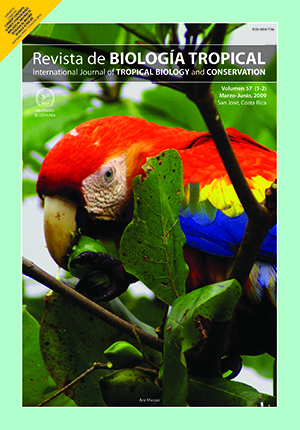Resumen
Mediante análisis cualitativos y cuantitativos, se estudió la variación geográfica del cráneo de Lycalopex culpaeus en Chile (desde Tarapacá a la islas australes), y de algunas poblaciones argentinas. En dicha distribución se reconocen cinco de las seis subespecies del culpeo. Los resultados muestran dos grupos morfológicos geográficamente segregados; los mismos se diferencian principalmente por atributos morfométricos, y secundariamente por caracteres cualitativos. Individuos del norte chileno (Tarapacá y Antofagasta) presentan cráneos pequeños, poco desarrollados, hocico levemente corto, ausencia de cresta interparietal y una tenue zona sagital “liriforme”. Por otra parte, los individuos del noroeste y centro argentino, centro sur chileno, Patagonia e islas australes (Islas de Tierra del Fuego y Hoste) (grupo B), no muestran diferencias significativas en su morfometría dentocraneal. En el grupo B destacó una fuerte cresta interparietal y zona sagital, hocicos prolongados y cráneos de mayor tamaño que los del norte chileno. Nuestros resultados coinciden con estudios de patrones de variación en el ADN mitocondrial de cánidos de Chile. Por lo tanto, se propone mantener el nombre L. c. andinus para las poblaciones del norte de Chile y sinonimizar los taxones L. c. magellanicus, L. c. lycoides y L. c. smithersi bajo la forma L. c. culpaeus.##plugins.facebook.comentarios##

Esta obra está bajo una licencia internacional Creative Commons Atribución 4.0.
Derechos de autor 2009 Revista de Biología Tropical






